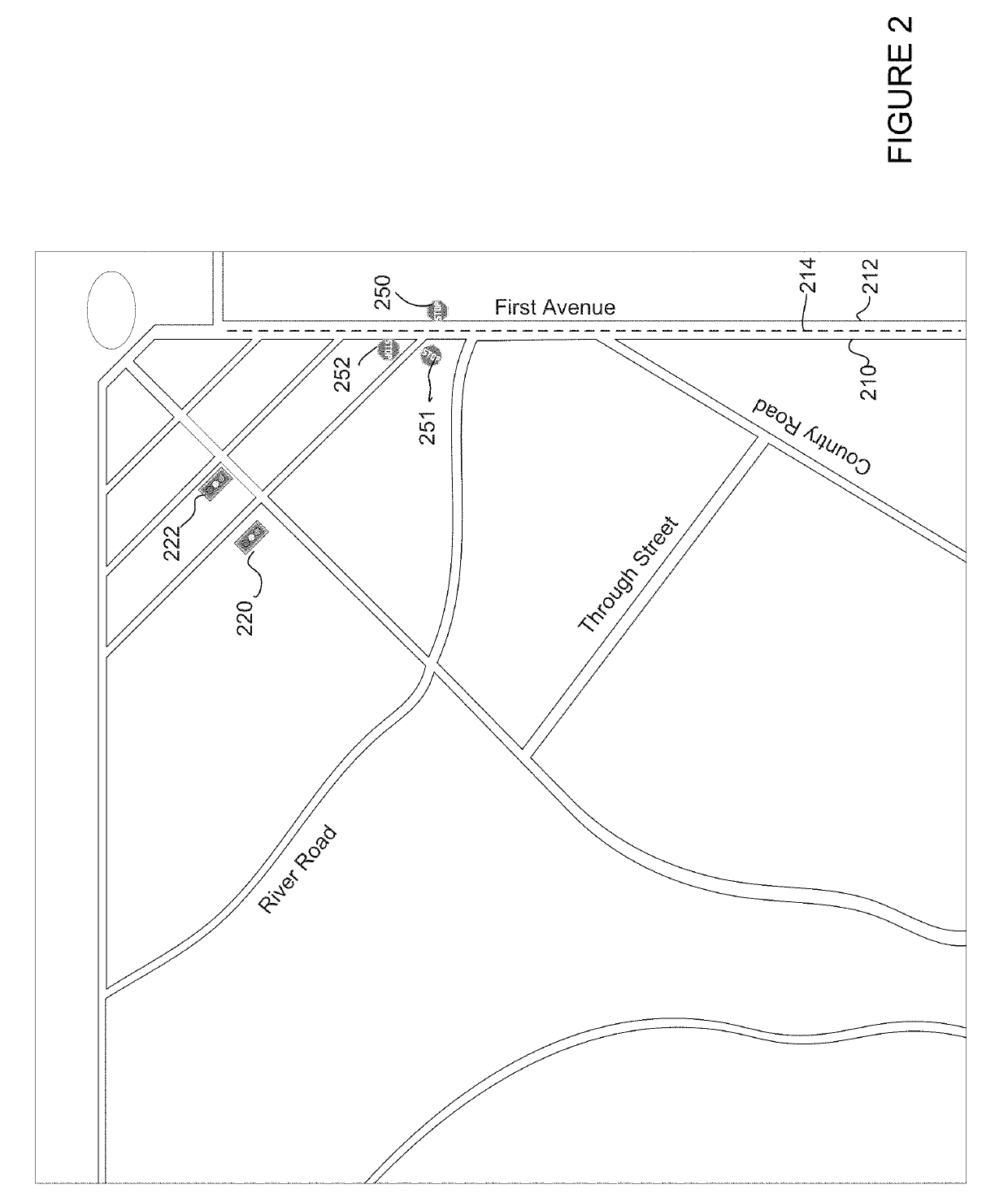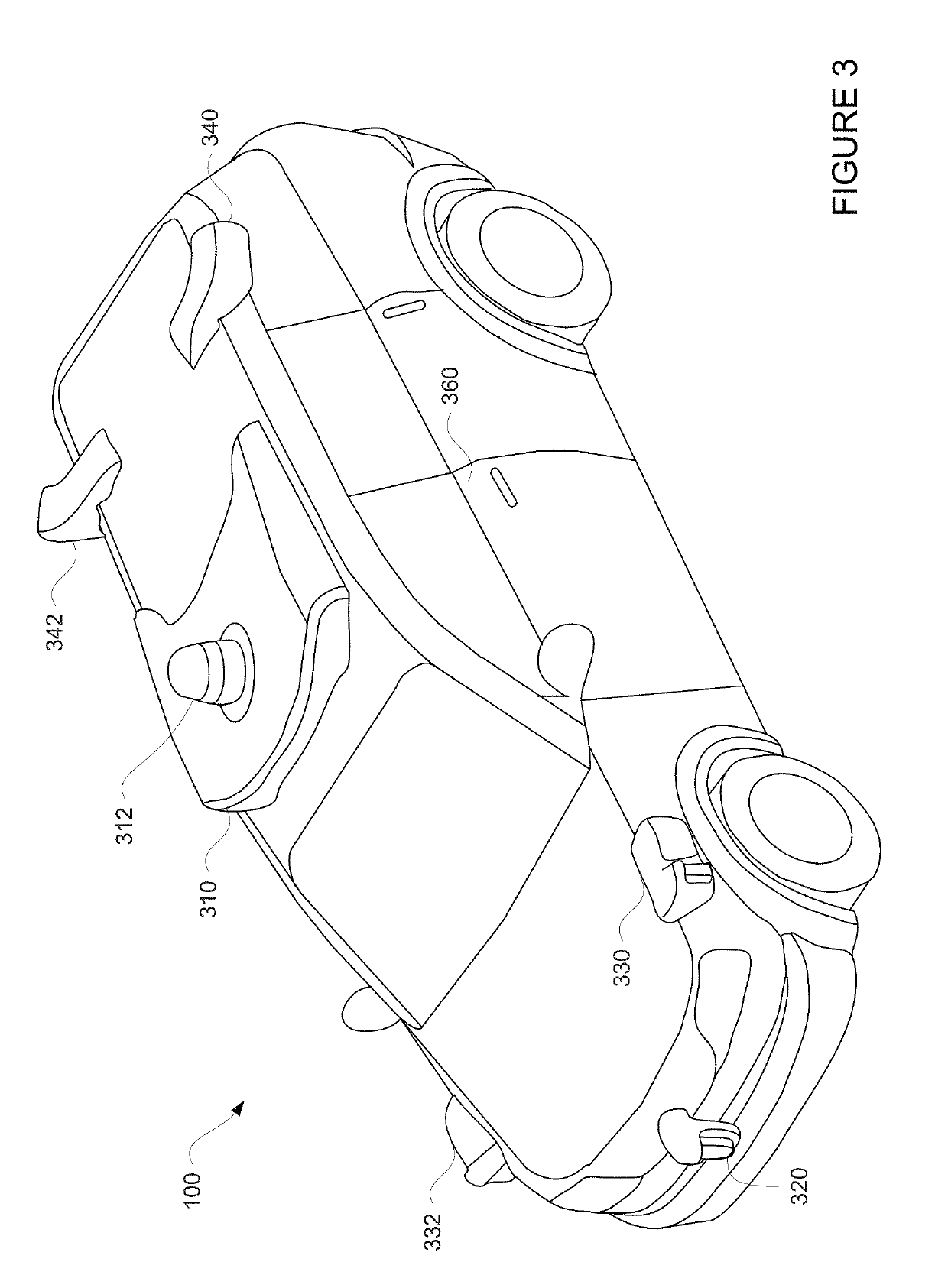Using prediction models for scene difficulty in vehicle routing
a technology of vehicle routing and prediction models, applied in computing models, navigation instruments, instruments, etc., can solve the problems of providing only limited options to drivers and passengers of vehicles, and particularly autonomous vehicles
- Summary
- Abstract
- Description
- Claims
- Application Information
AI Technical Summary
Benefits of technology
Problems solved by technology
Method used
Image
Examples
Embodiment Construction
Overview
[0016]The technology relates generally to using collected data to improve system behavior of an autonomous vehicle. In particular, such collected data can be included in a prediction model and used to determine a route to take based on time, distance, and difficulty of traveling the route.
[0017]Metrics are learned from a number of vehicles, which may include autonomous, semi-autonomous, and manually operated vehicles. These metrics are collected and considered in combination. Such metrics may include, for example, distance, time, and difficulty. The difficulty metric considers factors such as how difficult it was to make a particular turn, whether there are any obstacles such as construction, a number of pedestrian crossings, whether the roadway is rough, narrow, etc. The metrics are learned automatically from logs of previous trips, thus allowing the system to improve itself over time.
[0018]Such metrics may be associated with particular features, such as temporal features (...
PUM
 Login to View More
Login to View More Abstract
Description
Claims
Application Information
 Login to View More
Login to View More - R&D
- Intellectual Property
- Life Sciences
- Materials
- Tech Scout
- Unparalleled Data Quality
- Higher Quality Content
- 60% Fewer Hallucinations
Browse by: Latest US Patents, China's latest patents, Technical Efficacy Thesaurus, Application Domain, Technology Topic, Popular Technical Reports.
© 2025 PatSnap. All rights reserved.Legal|Privacy policy|Modern Slavery Act Transparency Statement|Sitemap|About US| Contact US: help@patsnap.com



